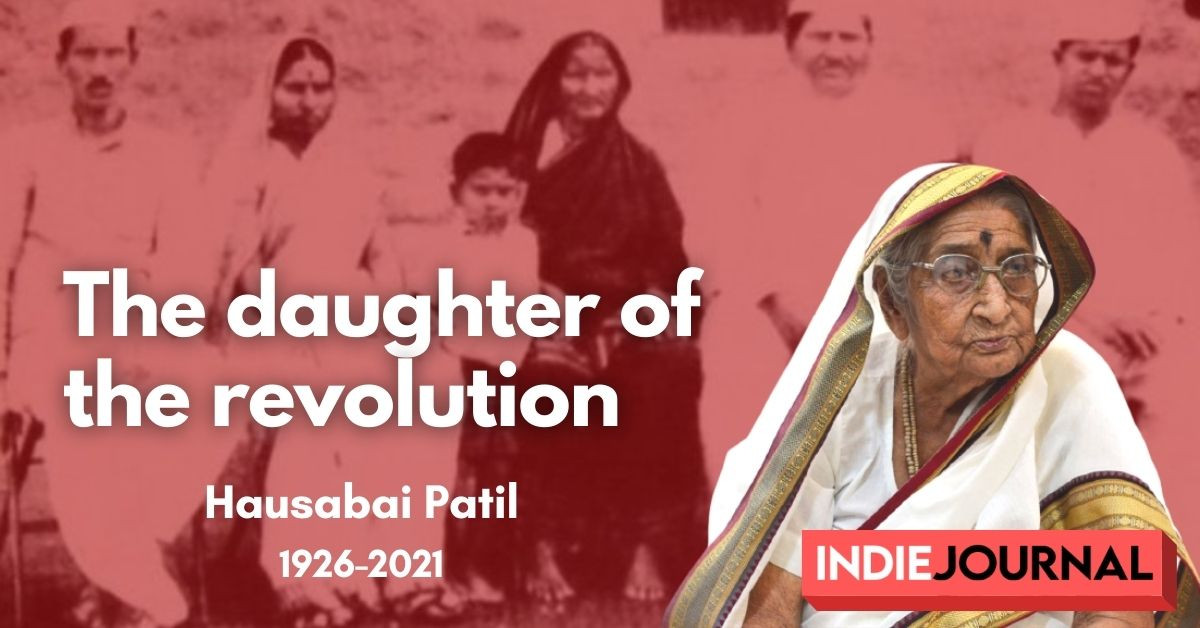India
With 40,000 villages without a mobile signal, taking education online is a distant dream for India
Challenges of technological access deepen India's digital divide during the pandemic.

“When we are struggling for basic communication with the department and the faculty, how can we even think of attending the online lectures and of working on online assignments?” asked Sunanda Padko, a media student from a remote village in Gadchiroli district studying in Savitribai Phule Pune University, Pune (SPPU).
The Covid-19 Pandemic has certainly brought a number of challenges to almost everyone. The situation is demanding drastic changes in many fields. Education is one of the most important drivers in the sustainable development of the country. In the times of the pandemic, the education, be it primary or higher, is extremely affected. In terms of finding the solution to this situation, online teaching-learning is prompting as an option to it.
On 15th April 2020, the United Nations Children’s Fund (UNICEF) declared, “Millions of children are at increased risk of harm as their lives move increasingly online during the lockdown in the COVID-19 pandemic.” The study from home in the times of COVID-19 pandemic would last for a long period. But the students from rural area are not ready for this shift.
Dr Satish Ghatge, principal at Kakasaheb Chavan College, Talmavle said, “To inculcate any culture in the society we need an adequate time period. We need to accept the fact that we don’t have the online learning or learning through the e-resources culture in our society. To bring it in reality, we need a national policy with deliberate efforts in this regard. It needs a different system which will devotedly concentrate on this issue.”
While expressing the concerns about the girl students from the rural region, He said, “If we look at this scenario financially, socially and culturally, we can certainly say the first victim of this situation will be the girls. In our society, girls' education is of a much lesser priority of the rural family.”
He firmly added, “Nothing can replace conventional education. Online education in the time of the COVID-19 pandemic is a temporary provision just to prevent students from disconnecting from the learning process. Looking at it with too much optimism is a utopian idea which goes inversely with the ground reality.”
As per the data released by the Telecom Regulatory Authority of India (TRAI) for the 66% population living in the rural region, the rural internet density is just 25.3 per cent. On the other hand, the 34 per cent urban population have a significantly higher internet density of 97.9 per cent. It indicates that for every Indian who has access to the internet, there is at least one who does not have and that person is most likely living in a rural area.
Jyoti Mane, a Third-Year student from Kumbhargaon village of Patan Tehsil said, “I am totally disconnected from my educational sphere. When we are in our college, we are in the atmosphere of reading, studying or learning. From the last month, I could not read anything as I have to toil on the farm or home. Due to an unstable network, I could not even access the quiz sent by our teacher."
She further added, “I like to go to college. We used to study in college instead of going home immediately after the lectures. That was the only time we would get for the study. Nowadays, I find it difficult."
Swapnil Pachupate, another student, said, “Since the first lockdown was declared, my schedule is to wake up and go to the farm. Meanwhile, I just get some time to have lunch. I feel I am no more a student but a full-time farmer now.”
Students from the rural region are expected to assist their parents in farming or the other adjacent works. Girls are the one who looks after the house when their parents go out for work.
It is difficult to establish communication with the students who hail from the rural area. It is very evident that many of them cannot afford to recharge their phones. In the Covid-19 pandemic period, it’s been a common phenomenon. Internet pack is not a priority in the rural household.

Image Credit: India Today
The Internet and Mobile Association of India has released its report of Internet users in India. Their I-Cube Mobile internet survey revealed that the average mobile phone bill of a user who accessed the internet on their mobiles was Rs. 460. What is interesting though is that close to Rs. 200 of that bill was attributed to internet expenses. This also points out that the internet connectivity via mobile phone is still quite expensive in India and hence the usage is relatively lower.
Digital Literacy is the biggest challenge and a hurdle which needs to be overcome to successfully implement e-learning programs in India. Digital Literacy is the attitude, awareness and ability of individuals to properly use digital tools, applications and facilities.
Prof. Shaukat Atar, teaching in a rural college in Satara district said, “Not only students but the teachers are also facing difficulties in adapting these sudden changes. We have been working in this traditional setup of education from the beginning till the date of lockdown. Certainly, these new technologies are the need of the time, but some of us are not used to it. We will certainly need some time to get accustomed to it and we will definitely go through it.”
Digital literacy is a hidden problem in India because there are scores of people who are not aware of the way how the internet, mobile phones and other digital applications should be used. So, this task becomes of paramount importance to educate citizens about the way digital applications can be used and the importance of digitalization.
When asked about the major issues faced by the rural students, Dr Jagannath Patil, principal of the rural college in Satara district said, “Our students come from 57 rural, hilly and inaccessible villages around the college. Majority of the students are girls and using smartphones is rarely been seen in girls. No doubt, rural students are talented, active and sincere about their studies but they are deprived of the technical set up which is the necessary part in implementing online education.”
He added, “Knowing the ground reality, we cannot force students to participate in any of the activity organized by the college in the time of lockdown.”
Stressing the importance of the campus, Aishwarya Jadhav, a student of Talmawle College in Patan tehsil said, “I don’t have a smartphone, I cannot even afford it. I am studying in B.Com last year and I will have to appear for the exams after the lockdown. As we don’t go to college, we cannot use the college library and borrow the study material. So I can’t study. I fully depend on the college campus, including my study time.”
Online education depends on several factors and robust connectivity is at the top of that list. Where we talk about the connectivity, the rural population is yet to overcome from load shading. An aspect that needs to be resolved soon. Mobile networks have reached most populated parts of India, though the last mile connectivity is again far from reality. 42,300 villages still exist outside the reach of a mobile signal.
However, "Universal access" does not guarantee a working network. Even in the major cities, India's mobile network is so stressed that many say it's still broken, with rampant call drops and cross-connections. The digital-divide has many social implications–cultural, gender, lifestyle, geographical, religious, computer literacy etc. - Learning in the times of COVID-19 has a lot of obstacles in its way to going online.





